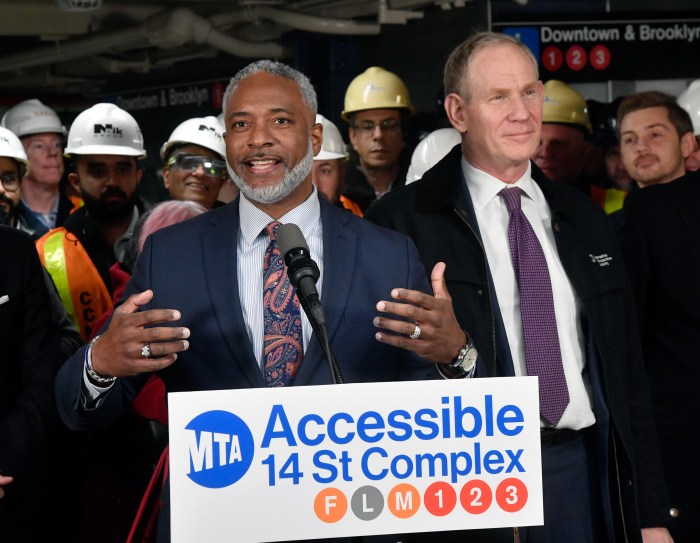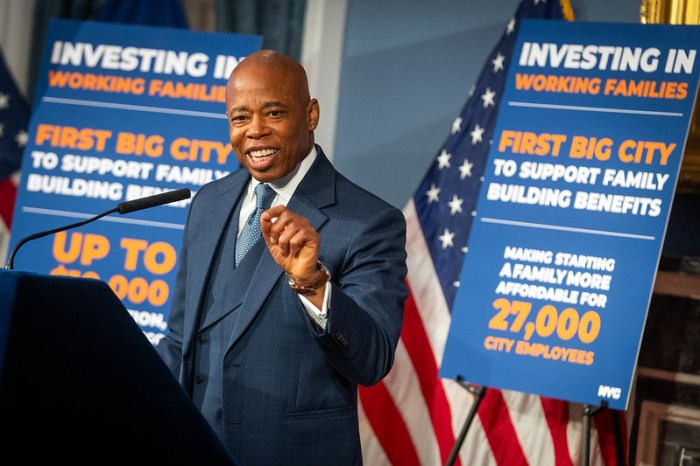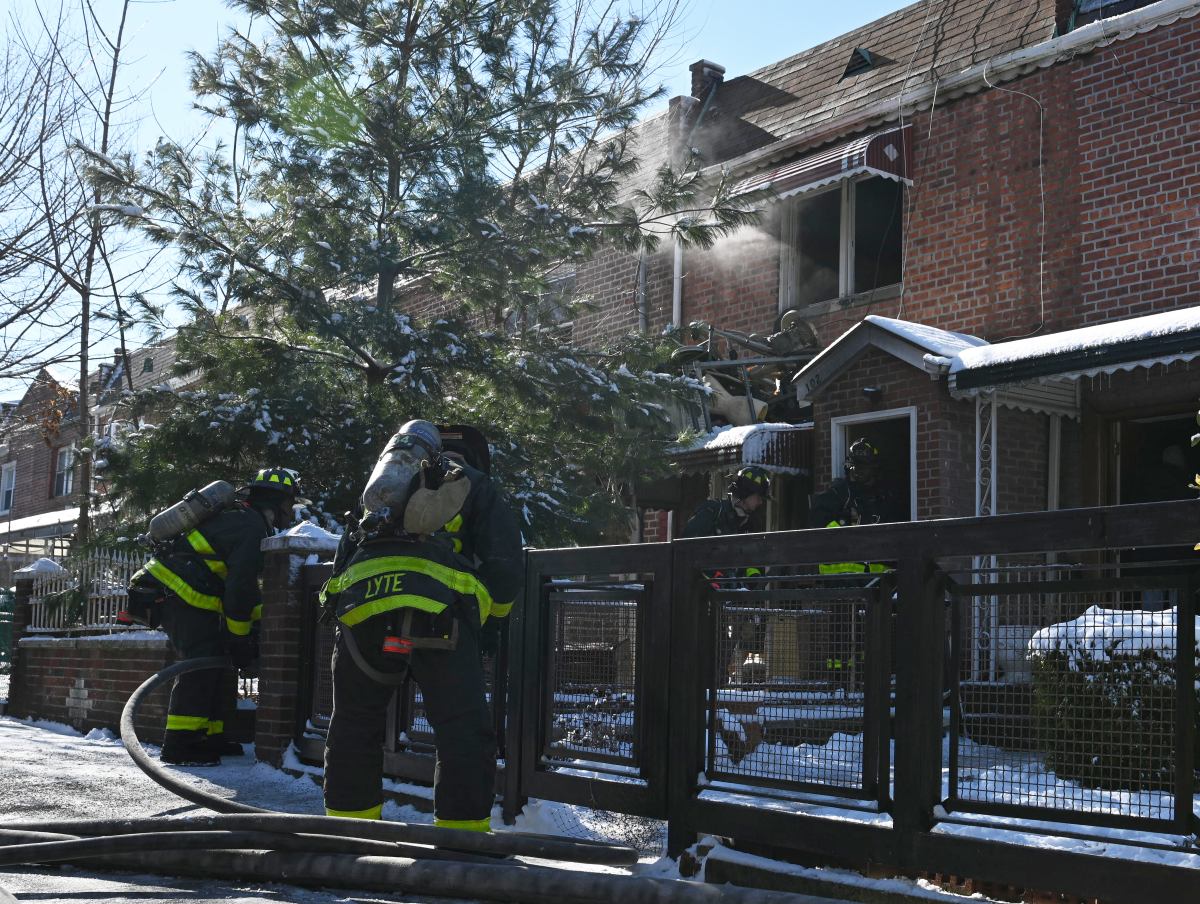BY KATE BOICOURT
Right now, New York City’s resiliency is being questioned. An onslaught of articles and pundits pose whether the City will recover from the pandemic and economic crisis – and fear that New York City as we know it gone forever.
It’s not gone, and it’s not going anywhere – that is unless we continually fail to prevent crises through addressing the injustices and lack of planning that lead to them. That could not be more true with climate change and the impacts this City of islands faces already.
Just a few weeks ago, New York and the broader Mid-Atlantic experienced massive power outages and damages from tropical storm Isaias, a storm that luckily hit at low tide. Last year, cars were floating in Brooklyn from a heavy rain in an area which has been contentiously rezoned for increased density. Newark experiences regular and severe flash-flooding.
While a partisan divide exists within Congress on numerous issues, recent infrastructure legislation highlights shared support for making infrastructure and communities more resilient to flooding and other natural disasters.
The problem is incredibly complex, and yet one clear federal component is missing – a proactive approach to managing risk. While systems are in place for mitigation planning, there is no consistent standard or approach to mitigating flood risk across federal agencies, and these approaches do not necessarily include future risks caused by climate.
From buying a home to major infrastructure projects, considering real risks faced within the lifetime of those structures is not required. It’s not a lack of technology. Even private companies are ahead.
In times of fiscal stress such as right now, investing in resilient infrastructure is an economic stimulus that pays dividends. Research shows that every dollar spent on exceeding current building codes to better withstand flooding can save taxpayers seven.
In addition to reduced damages, these investments create jobs, support faster economic recovery following disasters, and reduce the potential of exacerbating hardships communities may already be facing.
The time is overdue to establish a federal flood risk management standard that includes sea level rise and climate change, as well as a strong lens of equity and justice to ensure that governments are not only planning for the future, but addressing existing inequities in disaster prevention and response.
Without action, tens of thousands of federally-funded assets such as water utilities, roads and bridges, hospitals, and schools remain vulnerable to the vicious cycle of flooding resulting in mounting costs to rebuild, and systemic inequities are likely to worsen. It’s not only flying blind when we have the technology, but a waste of taxpayer money.
The time is now for the federal government to follow suit of the hundreds of localities and numerous states across the nation that have adopted stronger and more proactive flood standards. We simply cannot afford to allow this pattern to continue.
Kate Boicourt is the Director of Resilience for Waterfront Alliance and Campaign Director for Rise to Resilience.




































